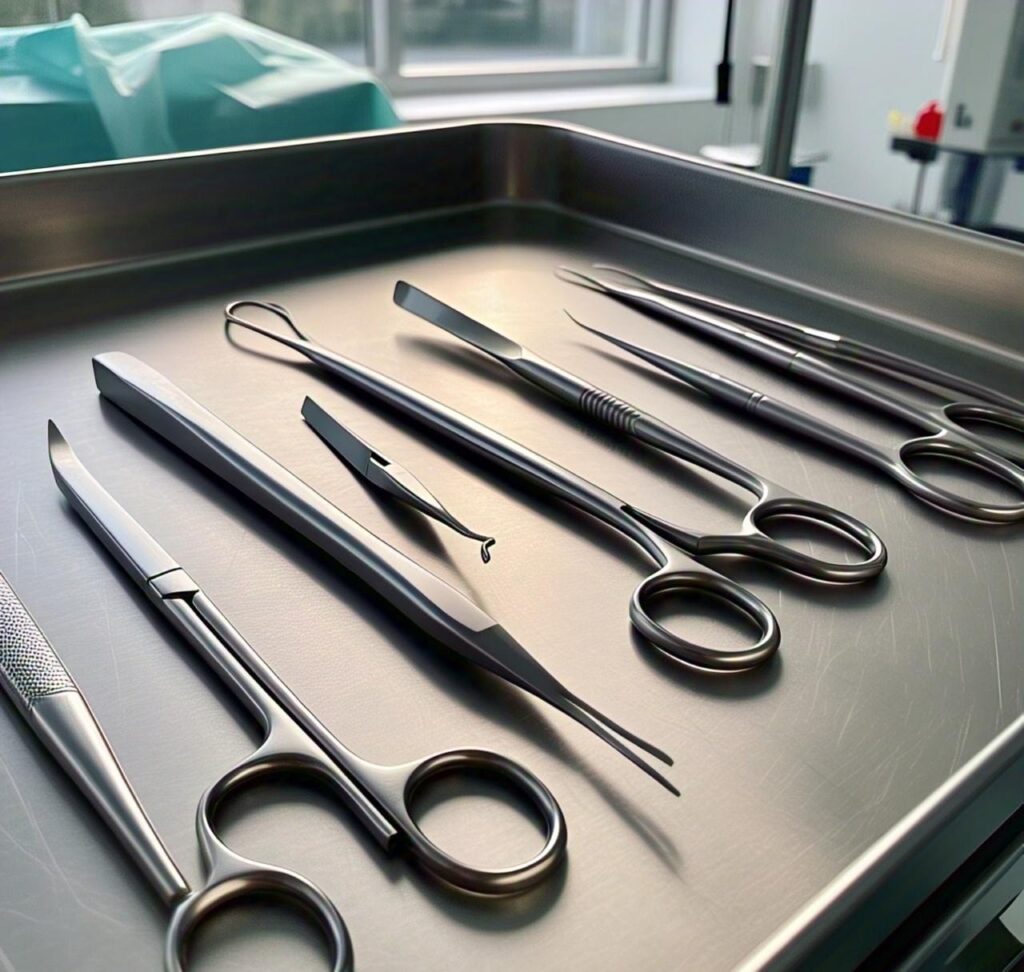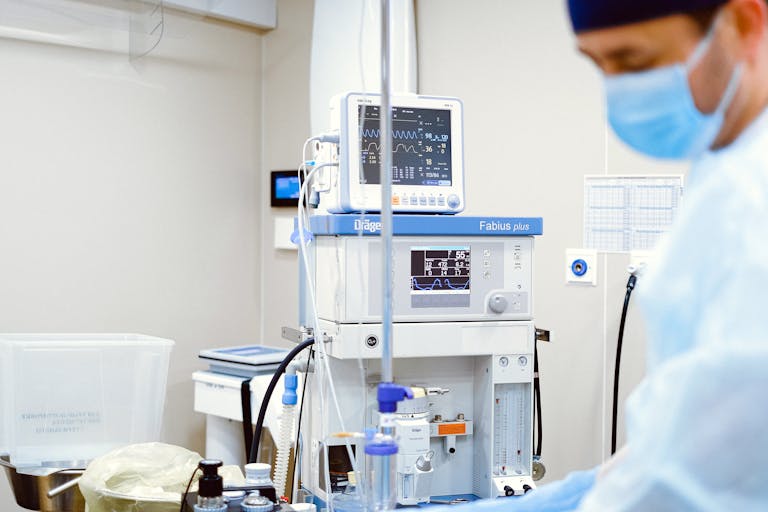The Ultimate Guide to Choosing the Best Medical Supplier
In today’s competitive healthcare landscape, having a reliable medical supplier is essential to maintaining high standards of patient care and operational efficiency. Whether you’re a hospital administrator, clinic owner, or procurement officer, choosing the best medical supplier can be a game-changer for your facility.
This ultimate guide will walk you through the key factors to consider when selecting a medical supplier, helping you make informed, cost-effective, and compliant decisions for 2025 and beyond.
Why Choosing the Right Medical Supplier Matters
The right medical supplier ensures that your practice or facility:
- Has consistent access to high-quality medical equipment and consumables
- Meets healthcare compliance standards and regulatory requirements
- Operates efficiently with minimized supply chain disruptions
- Avoids inflated costs or counterfeit products
A reliable partnership with a trustworthy supplier isn’t just about procurement—it’s about building long-term confidence in the tools and materials your medical team uses every day.

Top Factors to Consider When Choosing a Medical Supplier
1. Product Range and Availability
The best suppliers offer a comprehensive range of medical products, including:
- Diagnostic equipment
- Surgical instruments
- Personal protective equipment (PPE)
- Anesthesia machines
- Laboratory supplies
Tip: Choose suppliers who can provide both routine items and specialized equipment under one roof to simplify procurement.
2. Certifications and Regulatory Compliance
Always verify if the supplier:
- Follows FDA, CE, ISO, or other applicable regulations
- Sources products from certified manufacturers
- Has transparent documentation on product origin and safety standards
Bonus: Look for suppliers that assist in documentation for audits or accreditation.
3. Reputation and Reviews
Do thorough research by checking:
- Online reviews and testimonials
- Industry affiliations
- Case studies or customer success stories
Reliable suppliers often have longstanding relationships with major hospitals or healthcare systems.
4. Pricing and Transparency
While cost is important, don’t fall for the cheapest option. Choose a supplier with:
- Competitive pricing
- Clear, itemized quotes
- No hidden fees
A good supplier will also help you plan bulk purchases or long-term contracts to save money.
5. Delivery Timelines and Logistics
Medical emergencies don’t wait. Your supplier should guarantee:
- Fast, on-time delivery
- Real-time order tracking
- Emergency shipping options
Global suppliers should also offer localized warehousing or distribution channels to cut lead times.
6. Customer Service and Technical Support
Customer support is crucial, especially for technical equipment. Prioritize suppliers who offer:
- 24/7 support
- On-site training or installation services
- Quick replacement or repair protocols
7. Technology Integration
Forward-thinking suppliers offer digital solutions such as:
- Online ordering portals
- Inventory management integration
- Automated reordering systems
This helps streamline your procurement process and reduces human error.

Red Flags to Watch Out For
Avoid suppliers who:
- Have vague product documentation
- Don’t provide warranties or return policies
- Lack customer references or verifiable business history
- Offer inconsistent communication
Top Questions to Ask a Potential Medical Supplier
- Can you provide documentation on product quality and certifications?
- What’s your average delivery time for common items?
- Do you offer warranties, service plans, or training?
- How do you handle urgent or backordered items?
- Do you offer any discounts for bulk or repeat orders?
Final Thoughts
Choosing the best medical supplier is a strategic decision that can impact patient outcomes, staff efficiency, and long-term financial health. Look for partners that combine product quality, regulatory compliance, responsive service, and fair pricing.
As the healthcare industry continues to evolve, aligning with a dependable and forward-thinking supplier will ensure that your facility remains well-equipped, compliant, and ahead of the curve.




